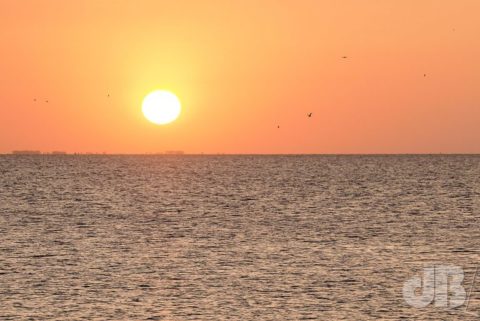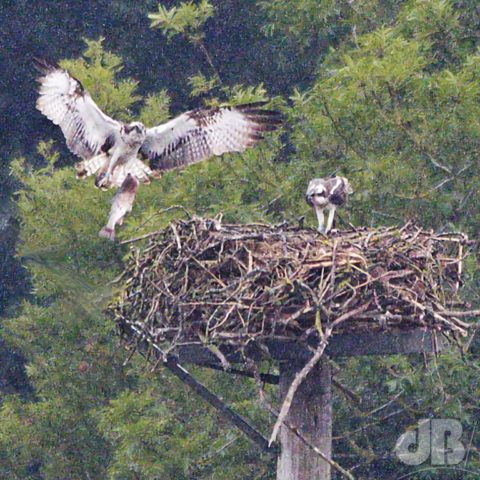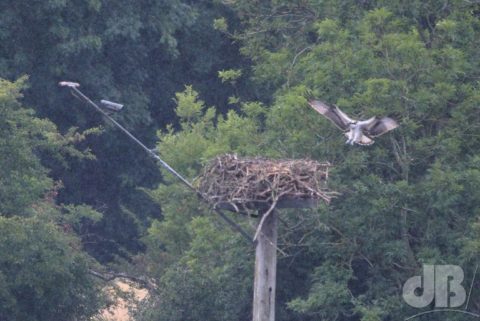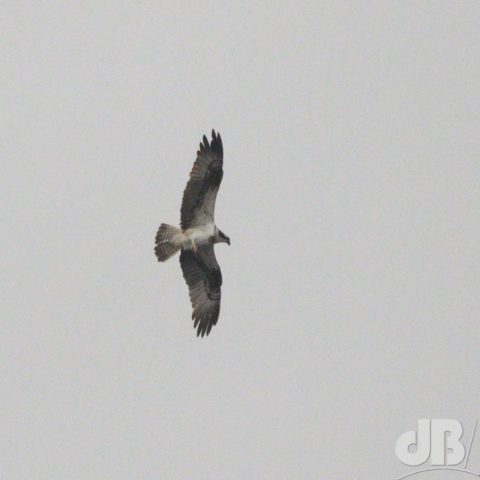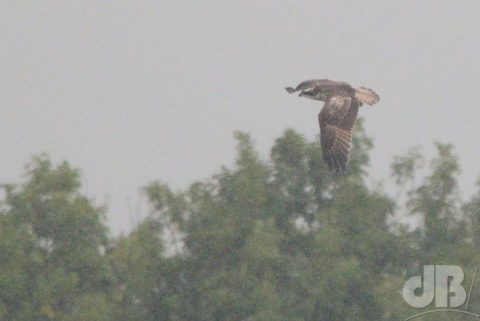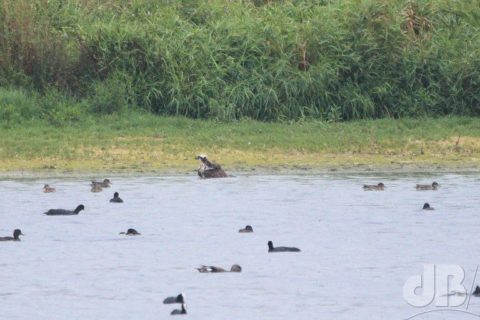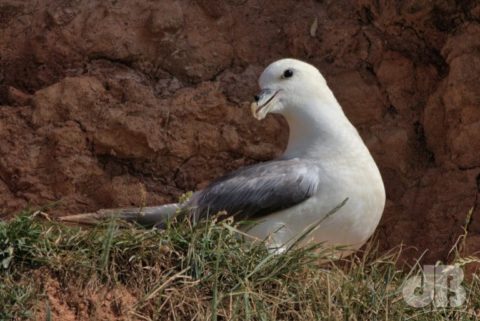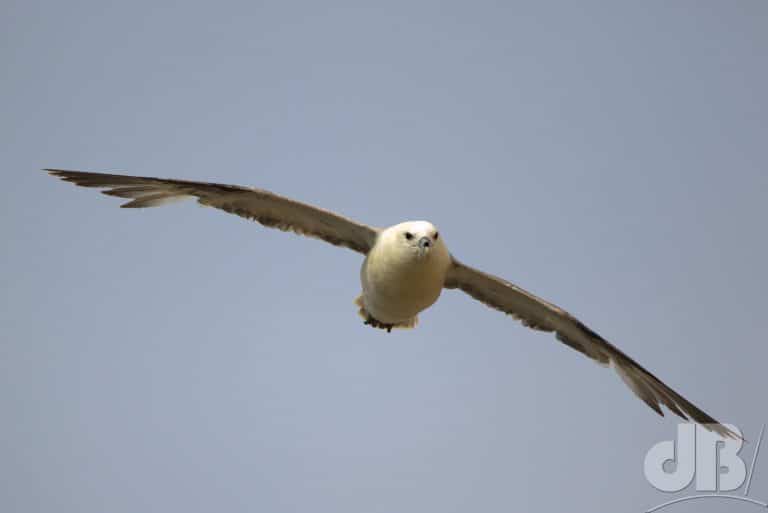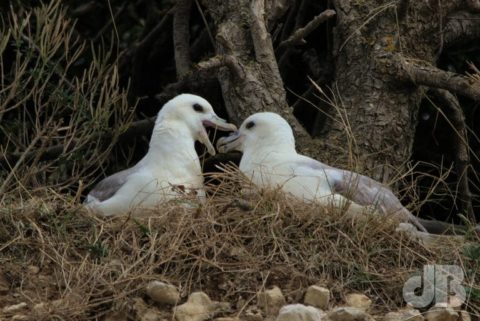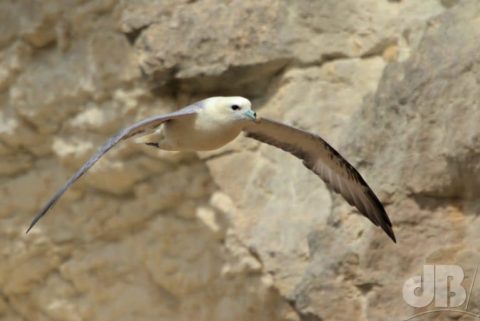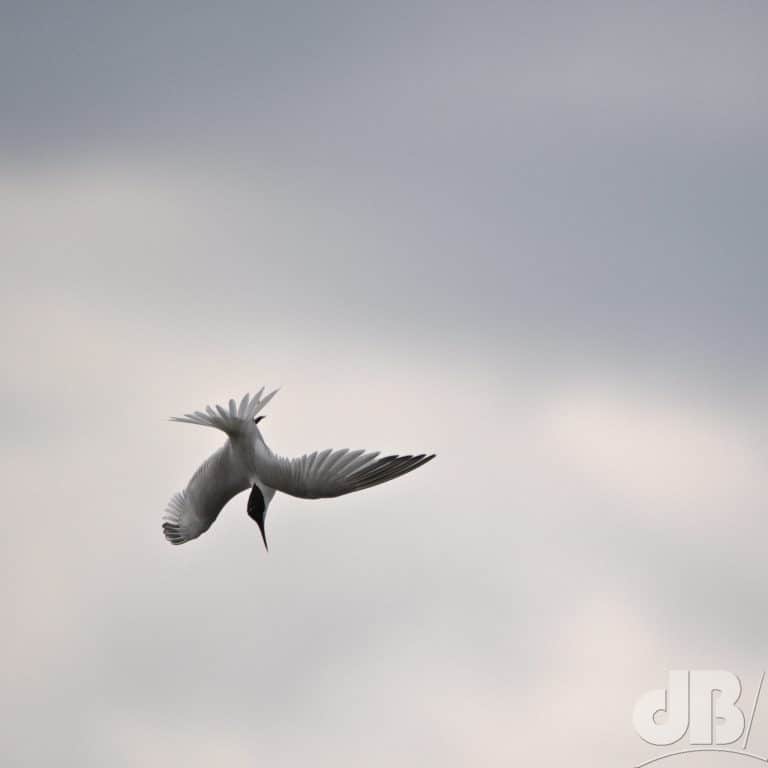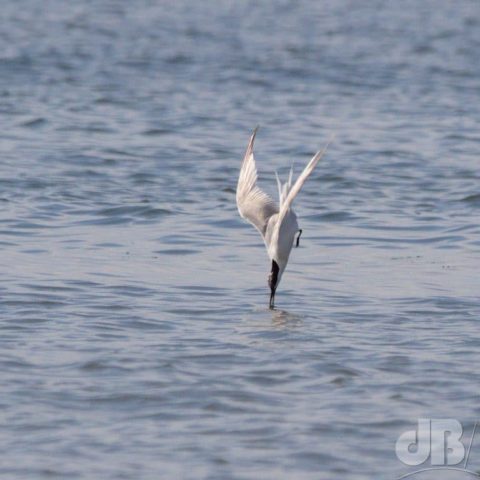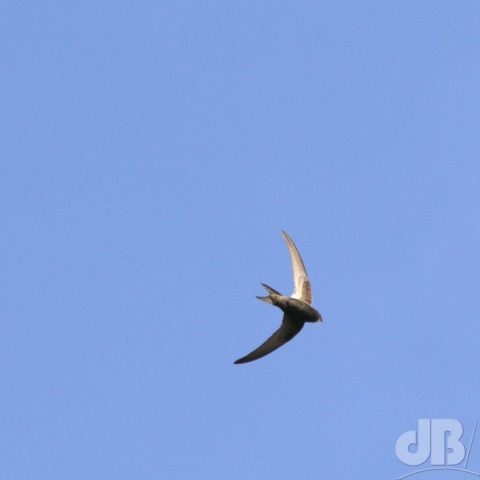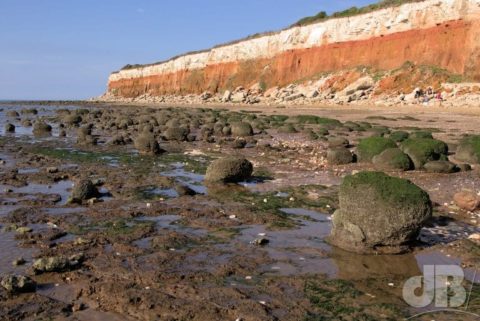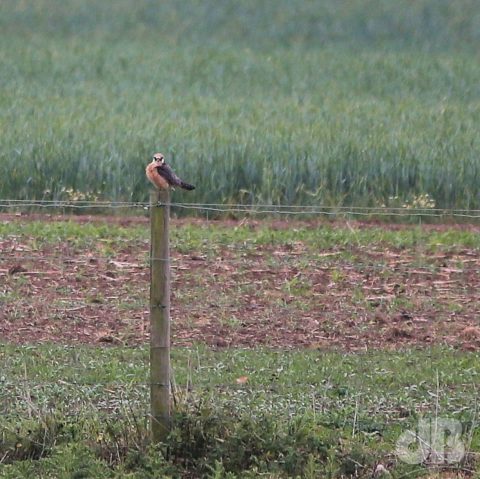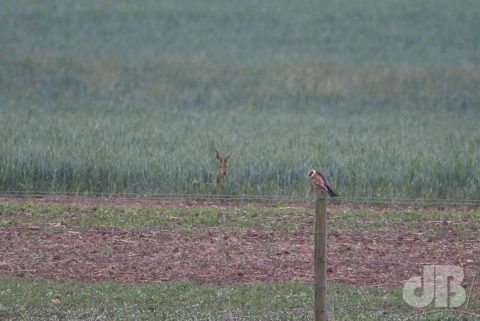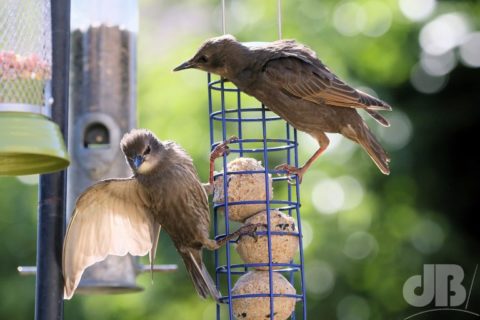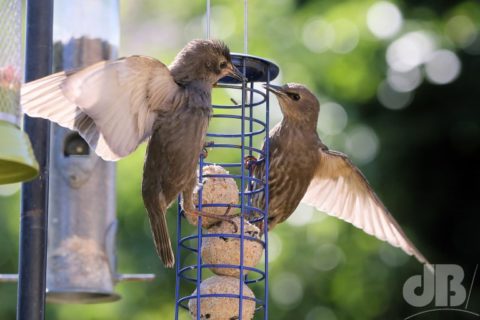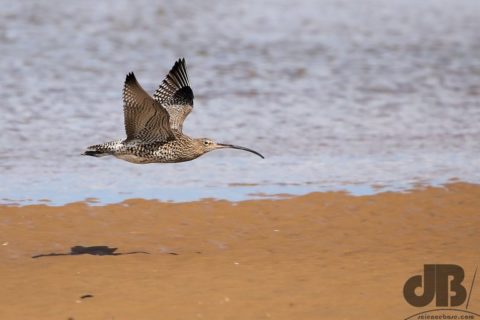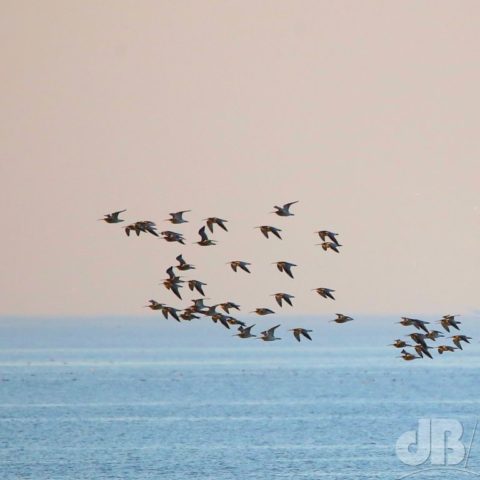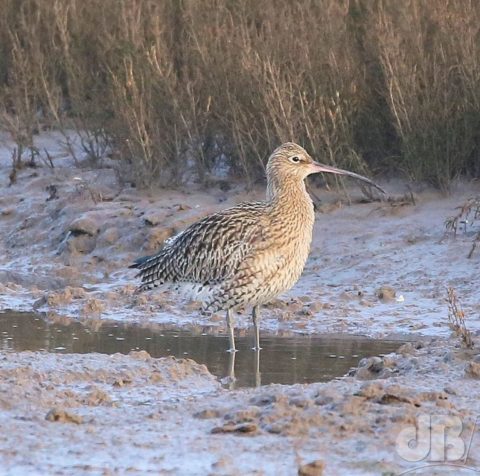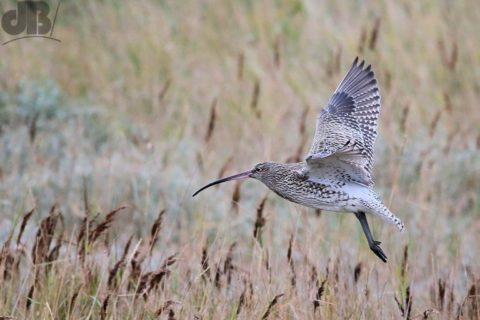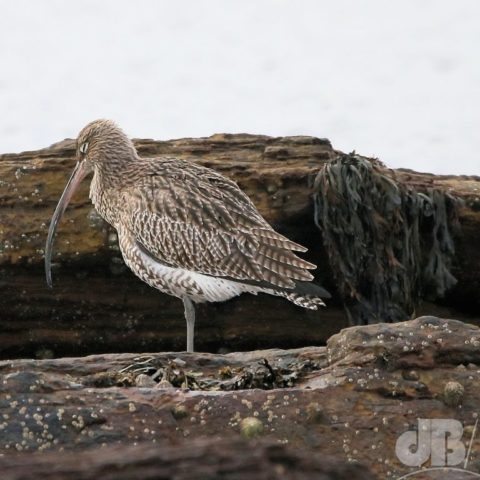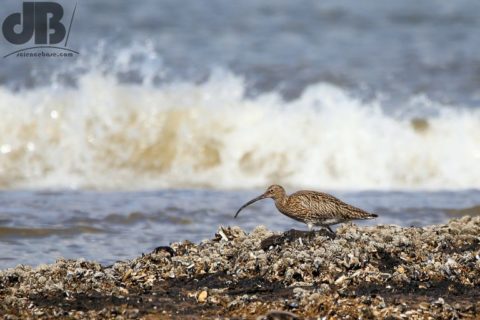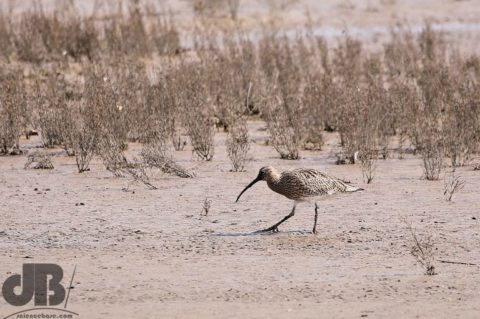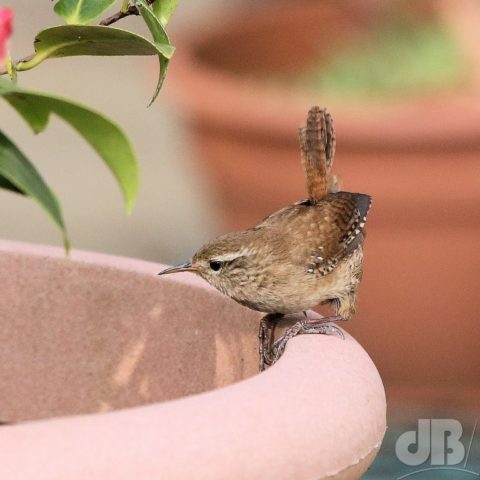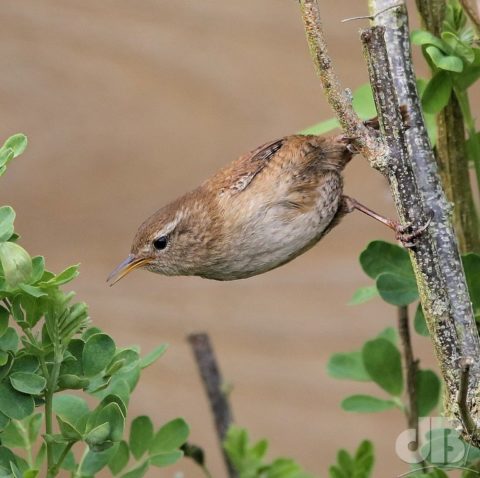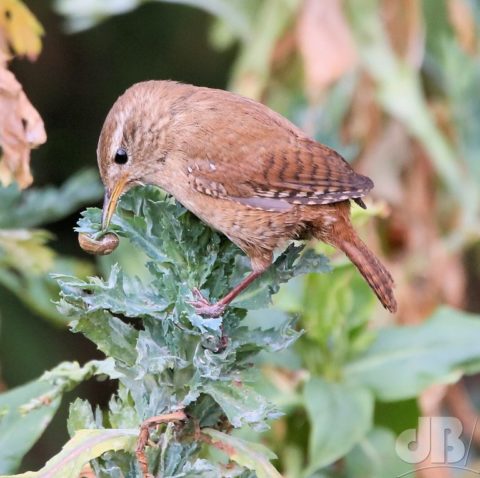As winter encroaches (it’s mid-September and we’re in the middle of an Indian Summer here in East Anglia, ahem), the (Red) Knot, Calidris canutus, start to flock on The Wash and their tidal activity can be seen as the waves break repeatedly and these waders take to to the air in their thousands, if not tens of thousands.
We were treated to a wader wonder on 17th September 2020, at Snettisham Beach on the North Norfolk coast. Patiently we watched the tide rise and the birds feeding and occasionally flocking. At the point there was essentially no visible mud flat remaining, the birds flock and make like a murmuration of starlings, whirling and cavorting in a seemingly coordinated way. Sometimes they head further out to sea, but occasionally a flock will fly overhead and head for the lagoons behind us. It is quite incredible, the sight and the sound.
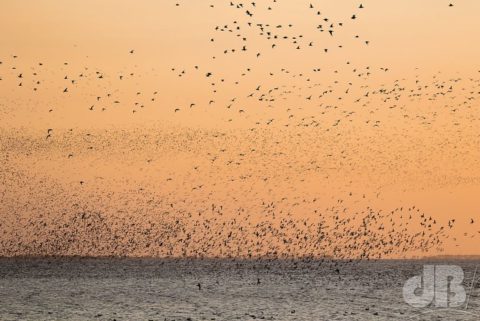
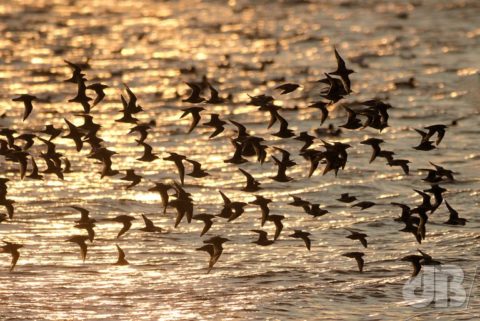
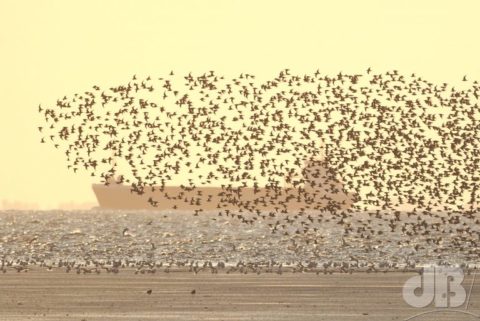
![]()
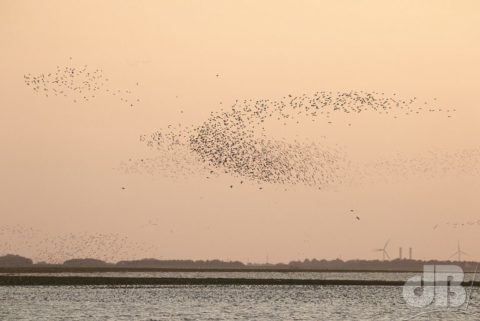

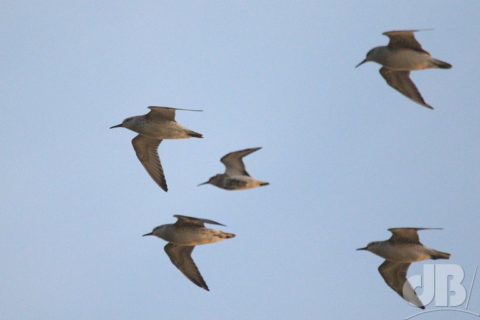
Difficult to time it just right. It has to be the perfect tide, the right conditions, and you have to be lucky to be there.
